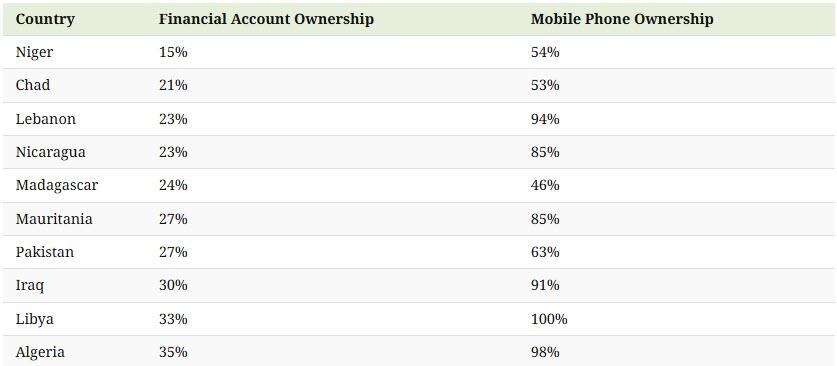
Breaking News
 Veterans Day 2025: THANK YOU for Serving This Great Nation
Veterans Day 2025: THANK YOU for Serving This Great Nation
 Senate Passes Bill To End Shutdown - Now On To The House
Senate Passes Bill To End Shutdown - Now On To The House
 Why Tether Is Acting More Like A Central Bank Than A Stablecoin
Why Tether Is Acting More Like A Central Bank Than A Stablecoin
 'War Zone': Violent Protest Erupts At UC Berkeley TPUSA Event
'War Zone': Violent Protest Erupts At UC Berkeley TPUSA Event
Top Tech News
 Blue Origin New Glenn 2 Next Launch and How Many Launches in 2026 and 2027
Blue Origin New Glenn 2 Next Launch and How Many Launches in 2026 and 2027
 China's thorium reactor aims to fuse power and parity
China's thorium reactor aims to fuse power and parity
 Ancient way to create penicillin, a medicine from ancient era
Ancient way to create penicillin, a medicine from ancient era
 Goodbye, Cavities? Scientists Just Found a Way to Regrow Tooth Enamel
Goodbye, Cavities? Scientists Just Found a Way to Regrow Tooth Enamel
 Scientists Say They've Figured Out How to Transcribe Your Thoughts From an MRI Scan
Scientists Say They've Figured Out How to Transcribe Your Thoughts From an MRI Scan
 SanDisk stuffed 1 TB of storage into the smallest Type-C thumb drive ever
SanDisk stuffed 1 TB of storage into the smallest Type-C thumb drive ever
 Calling Dr. Grok. Can AI Do Better than Your Primary Physician?
Calling Dr. Grok. Can AI Do Better than Your Primary Physician?
 HUGE 32kWh LiFePO4 DIY Battery w/ 628Ah Cells! 90 Minute Build
HUGE 32kWh LiFePO4 DIY Battery w/ 628Ah Cells! 90 Minute Build
 What Has Bitcoin Become 17 Years After Satoshi Nakamoto Published The Whitepaper?
What Has Bitcoin Become 17 Years After Satoshi Nakamoto Published The Whitepaper?
Unbanked In A Connected World

This contrast between connectivity and financial access highlights both the persistent gaps in global inclusion and the massive opportunity to close them.
Created in partnership with Plasma, this graphic, via Visual Capitalist's Jenna Ross, shows how ownership of financial accounts and mobile phones compares across countries. It's part of our Money 2.0 series, where we highlight how finance is evolving into its next era.
The Unbanked Gap
In low- and middle-income economies, 84% of adults own a mobile phone, while 75% of people have financial accounts. This gap is much wider in some countries, especially in Africa and the Middle East.
For the most unbanked countries worldwide, here are the percentages of adults who own a financial account and those who own a mobile phone.

 Unbanked In A Connected World
Unbanked In A Connected World


